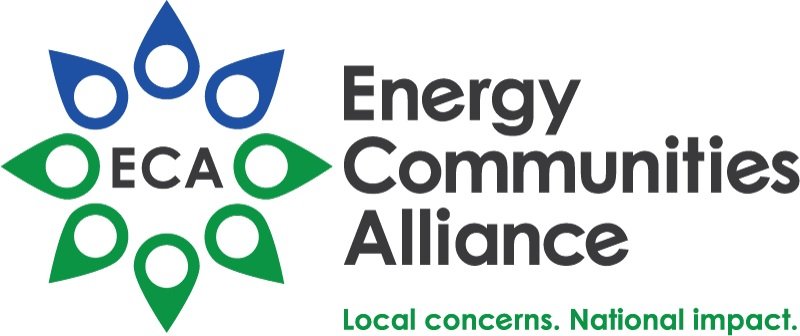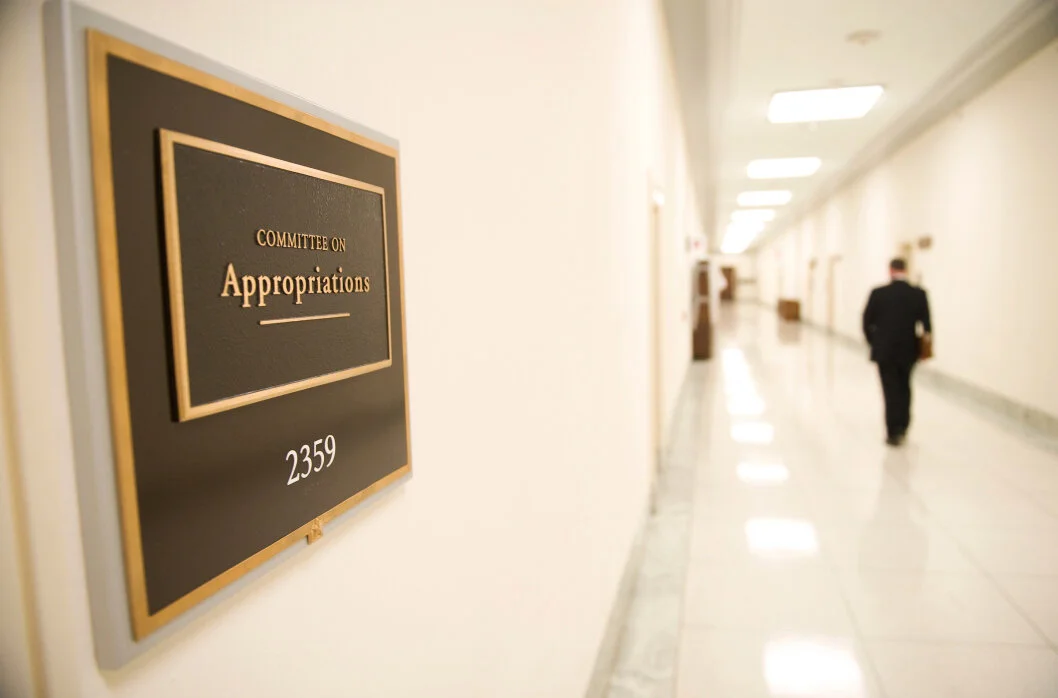House energy appropriations boost cleanup, nuclear energy, and PILT
Today the House Appropriations Committee released the bill report for FY 2022 energy appropriations. The full committee will mark up the bill tomorrow during a hearing.
The FY 2022 spending bill would provide $45.1 billion for the Department of Energy, a $3.2 billion increase above the FY 2021 level and $1.1 billion below President Biden’s budget request. ECA summarized the budget request upon its release in late May here.
Within the DOE budget, key highlights include increases for:
Office of Environmental Management (EM): $7.76 billion, a $171 million increase
National Nuclear Security Administration (NNSA): $20.2 billion, a $422 million increase
Office of Nuclear Energy (NE): $1.68 billion, a $167 million increase
Office of Science (SC): $7.32 billion, a $294 million increase
Office of Legacy Management (LM): $178.7 million, a $15 million increase
Office of Environmental Management increases cleanup funding and continues PILT payments
The House bill would slightly increase funding for defense environmental cleanup overall but is nearly $300 million below the President’s budget request. Richland (Hanford), Nevada Nuclear Security Site, Los Alamos National Laboratory, Savannah River Site, and Waste Isolation Pilot Plant would all receive increased cleanup funding. Idaho and Oak Ridge cleanup funding would remain at FY 2021 levels.
ECA expressed dismay at the budget request’s elimination of millions of dollars in payments in lieu of taxes (PILT) at Hanford and Savannah River Site, which provide critical support for schools and emergency response for these communities. However, the House bill rejects the PILT cuts and increases PILT funding by $1.6 million at Hanford and $256,000 at Savannah River Site.
For non-defense environmental cleanup, the House bill would provide a $7 million increase at West Valley Demonstration Site and a $649,000 increase for the Gaseous Diffusion Plants.
Interim storage and consent-based siting
The House bill provides $27.5 million for “interim storage of nuclear waste and oversight of the Nuclear Waste Fund,” $20 million more than the Administration requested. In the bill report, the Committee directed DOE to move forward with identification of an interim storage facility using a “consent-based approach.”
Nuclear Energy increases for advanced reactor projects
While the House would not fully fund the President’s request for $1.85 billion for NE, the $1.68 billion in the bill is a $167 million increase above FY 2021. Included in the funding is a $145 million increase for the Advanced Reactors Demonstration Program (with focused resources on partners capable of project delivery in the next five to seven years), and a $45 million increase for Reactor Concepts RD&D. The Committee also encouraged DOE to “prioritize funds on activities related to advancing the goal to demonstrate private-sector advanced reactor designs and fuel types by the late 2020s.”
Concern over NNSA’s pit production timeline
The bill would provide significant increases for plutonium pit production construction and operations that match the President’s budget request—a $174 million increase for Los Alamos Plutonium Modernization and $161 million increase for Savannah River Plutonium Modernization.
The bill report noted, “…the Committee remains concerned about contingency planning given the timeline for achieving 80 pits per year will stretch beyond 2030. Given the NNSA’s continuing challenges in constructing large, complex nuclear facilities on time and on budget, coupled with the extremely constrained timeframe and planned use of expedited processes and procedures, the risk of not meeting pit production milestones remains high.”
Proposed climate research office rejected but activities wrapped into ARPA—E
President Biden proposed $200 million for the creation of a new Advanced Research Projects Agency—Climate (ARPA–C). However, the House bill would not provide any of the requested funding, explaining, “ARPA–C will require legislation beyond the current ARPA–E authorization. The Committee notes that ARPA–E has authority ‘to address the energy and environmental missions of the Department,’ according to section 5012 of the America COMPETES Act. This includes climate-related innovations, and further, the Committee notes that ARPA–E already funds such activities. The Department is directed to conduct the proposed activities through ARPA–E.”
Legacy Management funding increases but will not take on FUSRAP
The current and former Administrations both proposed transferring the Formerly Utilized Sites Remedial Action Program (FUSRAP) to DOE’s Office of Legacy Management, which would bring LM’s total funding to $428 million. The House bill again rejected the proposal, instead opting to keep FUSRAP within the U.S. Army Corps of Engineers. The bill would increase LM’s funding by $15 million.
Office of Science funding increase
The House bill would provide a $294 million increase for the Office of Science for a total of $7.32 billion. One of the components handled by the Office of Science is isotope research and production.
Workforce directives focus on readiness and diversity
The House bill report notes that DOE is “encouraged to consider direct programmatic funding to the national laboratories to support locally developed activities and programs that advance the Department’s diversity, equity, and inclusion goals and objectives.”
Additionally, the Committee requested two overdue reports from DOE that were directed in FY 2020—one containing “recommendations to expand workforce development efforts and readiness to meet DOE nuclear security missions,” and one regarding “efforts to recruit and retain diverse talent from minority serving institutions.”
What’s Next
While the House is making progress with several appropriations bills and is expected to vote on a minibus package soon, the Senate remains focused on moving a major infrastructure bill by August recess and has not yet set a schedule for appropriations markups. It is highly likely that a continuing resolution (CR) will be needed by the end of September when current government funding expires.
The Senate is expected to begin work on the annual defense bill (National Defense Authorization Act) this month, which will authorize funding and policies for DOE’s national security programs. To stay updated on appropriations and the NDAA, follow ECA’s federal budget tracker and Twitter.


